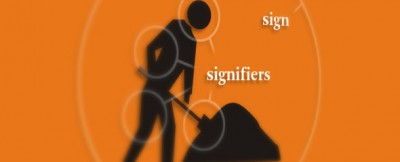
An advertising art director friend of mine once told me, illustration gets noticed. As John Fiske notes, ‘the visual language that most frequently works metaphorically is that used by advertisers’ (Fiske 1982, 97). Being an avid illustrator, this piqued my interest, since advertising generally relies on photography as the primary means of communication.
With the proliferation of digital photography hardware, digital image manipulation tools and the abundance of stock photo websites, the effectiveness of photography to make a unique statement can often become diluted. That’s not to imply photography is at all an inferior medium, there are literally thousands of amazingly talented lens lurkers producing incredible, impactful images.
Illustration has the capacity to be targeted specifically to a customer or users requirements.
Every aspect of an illustration can be created or manipulated in order to maximise the effectiveness of a message. The sheer variety of illustration styles and techniques provide a greater range of differentiation, and the message itself can be communicated with varying degrees of ambiguity. One only has to look at street sign pictograms as an example of decoding signifiers, to rapidly determine the signified meaning of an illustration or sign.
We have adapted culturally to recognise these signs efficiently, in order to deconstruct and communicate messages more effectively.
If you need to rapidly communicate a succinct message, or construct a more ambiguous, visually engaging image, illustration could be the most appropriate medium.

